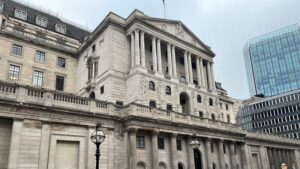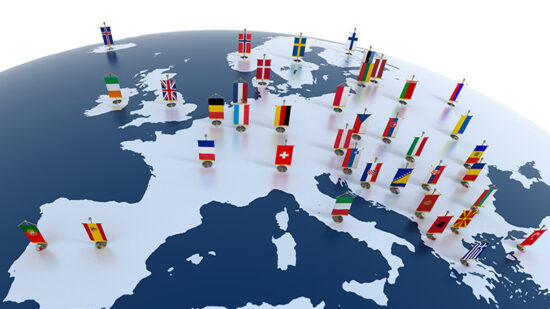Eurozone stockmarkets have ballooned as the European Central Bank (ECB) unleashes Quantitative Easing (QE). While the quantum of money is much smaller than that used by other developed markets, news of the move sent the Euro Stoxx 16.48% higher, year-to-date, in local currency terms. In dollar terms, the index has returned just 1.28% over the same period.
We have been underweight Europe for over five years and remain so, although we tactically allocated a small position to an ETF tracking the Spanish IBEX. This allowed us to participate in the QE uplift and complemented our core call in Europe – German growth.
While recent improvements in economic data are bolstering confidence in the ‘currency bloc’, we are less convinced than others about the potential to push markets higher on fundamentals alone. The International Monetary Fund issued 1.2% and 1.4% growth targets for this year and next respectively, relative to 2.4% in both years for all advanced economies.
Eurozone companies remain expensive versus other developed markets, and most analysts are much more confident in their earnings’ forecasts. Perhaps they are too bullish, given the region’s major structural headwinds.
While the speed at which Europe pays down its debt slows and credit acceleration (which tends to lead real growth) has spiked over the past year, the companies doing the borrowing are the larger players. They are more likely to invest overseas, meaning any boost to the European economy will be limited. European small and medium-sized businesses make up a larger portion of the economy than in the UK or US, and their financing options are still limited – possibly why eurozone hiring data remain so sluggish.
Any extra cash that European consumers find in their pockets from sharply lower petrol prices is also unlikely to make it into the real economy. We expect most people to use spare cash to pay down debt, except in Germany, where the savings rate is already very high.
The ECB’s monetary policy remains ultra-loose to accommodate the weaker parts of Europe, which are still recovering from a decade of wasteful spending and poor investments. Those mistakes are yet to be fully unwound in Europe, and banks are still repairing their balance sheets. Fiscally-speaking, governments also have their hands tied.
Agreements to return public spending to reasonable levels means annual eurozone GDP growth is expected to cause between 0.25 and 0.75% drag each year between 2015 and 2019. By contrast, the US will be boosting its coffers by next year, with the US government budget set to become a net contributor to GDP growth from 2016.
European inflation also remains in the doldrums, with the latest surveys showing little sign of upward pressure. Moreover, they show considerable uncertainty about the upward trend for prices; that uncertainty on its own is enough to delay spending plans and perpetuate a deflationary backdrop.
There is also an argument that suggests that Germany is at risk of a market bubble forming, due to its strong growth/over-stimulation versus the rest of the ‘currency bloc’ – we do not believe this is the case, and are sticking to our position in the Baring German Growth Fund for now. Germany has different issues.
We believe that German rates alone should be tightening; an impossibility. The falling euro will be a massive tailwind for German exporters, but a note of caution remains: German exports are highly exposed to Asia where imports are likely to slow along with China’s slowdown in GDP growth.
Let’s not forget Greece (or should we?). The immediate impact of the Greek economy breaking away – with a GDP of just $241.7bn – is negligible, given the size of the eurozone as a whole. The potential for a ‘Grexit’ to spark a revolt of other peripheral states, such as Spain and Italy, from under the burden of austerity cannot be ignored. Nor can we ignore the prospect of Greece, potentially cast adrift from the West, forging new alliances with Russia and ratcheting up geopolitical risk. Investors’ confidence could receive yet another shake.
So in spite of the recent excitement, we think the risks in Europe still outweigh many of the rewards offered. Indeed, there’s a significant chance that Europe will remain the weakest source of developed market growth for years to come.
We prefer Japan, which enjoys the twin tailwinds of QE and management teams that are becoming more focused on shareholder returns. Finally, we are still backing the US, where valuations continue to look reasonable when one factors in its robust growth as well as the more compromised growth elsewhere.
We continue to reserve our optimism.







